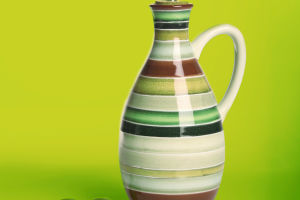The color coordination of modern home interiors is key to creating comfortable, contemporary, and personalized spaces.
Thoughtful color choices can influence the ambiance, sense of space, and residents' emotions in a room.
This article explores six aspects of modern home color schemes, each delving into various themes and recommendations.
1.Color Psychology and Basic Knowledge
Color psychology plays a significant role in modern home design. Different colors evoke varying emotions and responses. For instance, blue is often considered calming and conducive to relaxation, making it suitable for bedrooms or work areas.
Conversely, orange exudes vibrancy and warmth, making it a great choice for living rooms or dining areas. Understanding these basics helps in selecting colors that suit both the space and personal preferences.
2. Combining Primary and Accent Colors
In modern homes, it's common to choose a primary color to define the overall ambiance of a space and complement it with accent colors to add depth and personality.
For example, opting for gray as a primary color can be complemented by soft accents like blue or pink, creating a modern yet inviting atmosphere. Accent colors can be introduced through furniture, decor items, and soft furnishings to achieve a harmonious overall effect.
3. The Use of Neutral Colors
Neutral colors hold a pivotal position in modern home design as they serve as background tones for the entire space and balance and enhance more vivid colors.
Colors like gray, beige, or off-white are commonly used on walls, floors, and large furniture pieces to enhance spatial openness and create a contemporary and refined look.
4. Trends and Personalized Color Choices
With evolving trends and personal aesthetics, the color schemes in modern home design continue to innovate and refresh.
From trendy hues to personalized choices, striking a balance between modern appeal and personal uniqueness becomes key. Bold color combinations or creatively mixed palettes can set apart modern home spaces with individualistic flair.
5. Application Techniques in Different Spaces
Different spaces within a home require distinct color application techniques based on their functions and types.
For instance, an open kitchen might benefit from bright colors to add vitality and freshness, while bedrooms are often suited to softer, harmonious colors to promote comfort and tranquility. Similarly, work areas may benefit from bright, fresh tones to enhance productivity and focus.
6. Color Schemes and Modern Home Styles
Lastly, harmonizing color schemes with overall decor and home styles is essential.
Whether it's Scandinavian, minimalist, or industrial, color choices should complement and enhance the chosen home decor style to create a cohesive visual effect. Thoughtful color combinations not only elevate the aesthetic appeal of a space but also contribute to the comfort and quality of life for its residents.
In conclusion, modern home color schemes encompass a multifaceted topic that requires consideration of color psychology, functional needs, personalized preferences, and decor styles. Through careful selection and pairing, one can create a pleasing and comfortable modern living environment that enhances the overall quality of life.


